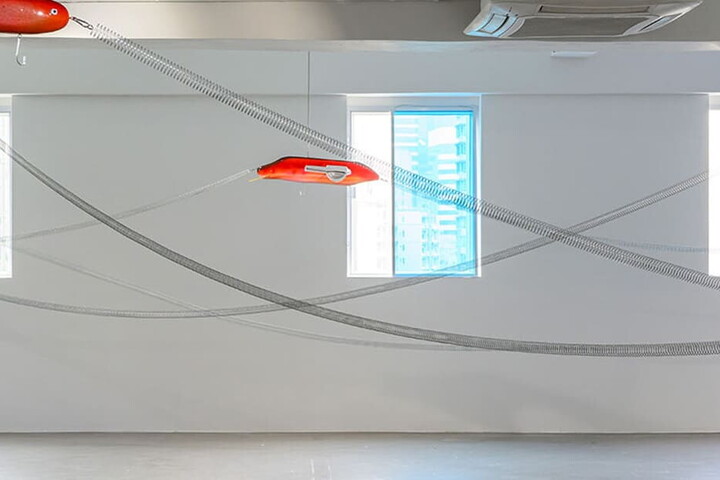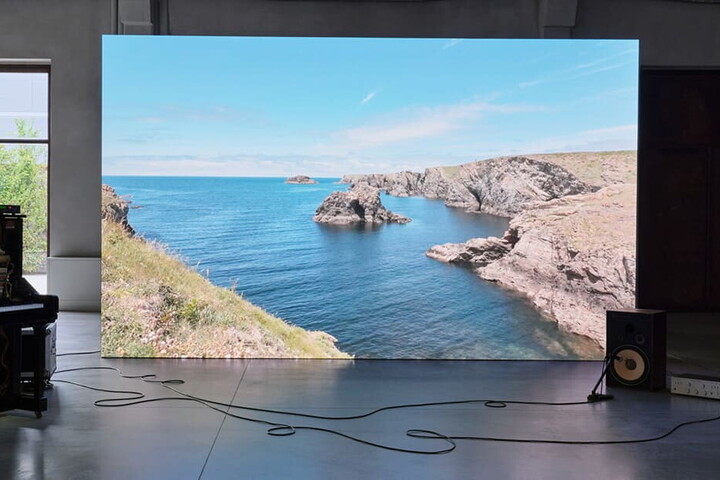On the occasion of the publication of the 2021 Annual Report, Pirelli asked several artists to visit some of its factories spread all over the world and to let them be inspired by the factory atmosphere in order to create works of art that would reflect its beauty. Because factory and beauty can co-exist and dialogue together in a narrative that focuses on the matter, an essential element of both creative processes – manufacturing and art – as asserted by the philosopher and theologian Vito Mancuso in his essay in the introduction of the Annual Report.
With this intention, 'A Beautiful Place. The Art of Manufacturing' was born, the Pirelli consolidated financial statement on its 150th anniversary. The factory, the production plant as a beautiful place, which is able to generate matter that is skillfully worked and therefore rightly celebrated.
Learn more about the project: 'A Beautiful Place. The Art of Manufacturing'
The artists invited to take part in the project visited the production plants in Settimo Torinese in Piedmont, Campinas in São Paulo, in Rome in Georgia, in Slatina in Romania, and in Yangzhou in China.
In Italy, the choice fell on one of the oldest arts that unites all four alchemical elements: water, fire, earth, and air. The manufacture of ceramics is the art of the Umbrian Giovanni Mengoni, his Giardino del tempo tells the reality of the factory in Settimo Torinese, where he was welcomed to be inspired and to find new ideas for his artworks.
In fact, the temporal dimension of his handmade works assumes a decisive role in the artistic description, thanks to still traditional manufacturing that well represents the history of this Piedmontese factory dated back to the early 1950s. It is terracotta, but modelled exclusively on the lathe and using high-temperature single firing to speak to us, by contrast, of the contemporary vision of the factory, the pioneer in technological advancement and adherence to the Pirelli 4.0 industry model.

Visiting our company immediately inspired Mengoni, who wanted to translate the shape of the tyre into a circular object, leaving the leading role to the design and having experimented the artistic shock. Therefore, the produced pottery is a perfect summary of his figurative vision and the industrial architecture combined with innovative elements, such as the light that it contains.
And then the reference to the garden, a subtle but evident reference to sustainability and ecological transition that is not only present in the title but also throughout the work thanks to containing a plant motif. The tactile, material and transformational dimension, to which Mengoni pays homage, fits perfectly with the manufacturing world that Pirelli symbolises as a brand.
For the artist, beauty is intrinsically linked to others, for him in fact it is 'what others see in you': therefore, an important aspect in the definition of beauty is attributed to the group, to the togetherness, to the community. The factory, a collective place par excellence, thus becomes a place of beauty, emphasising the correspondence between these two poles, only apparently antithetical. A production plant is therefore beautiful if it allows its community to grow, figuratively speaking, climbing all the steps of the scale together.




